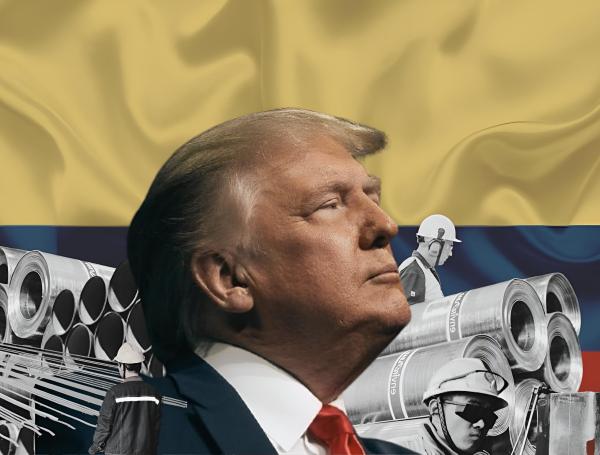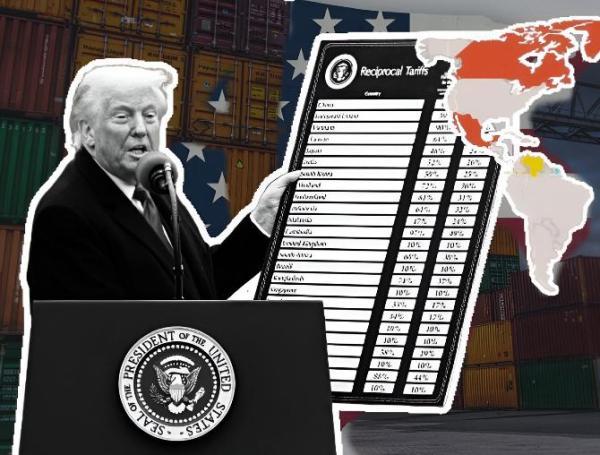The Donald Trump administration announced new U.S. trade tariffs on dozens of countries around the world on Thursday, but maintained the 10 percent entry tariff it had imposed on Colombia and many other nations since April 1.
Just hours before the self-imposed deadline of this Friday, August 1, the White House unveiled an updated tariff regime that imposes higher tariffs primarily on countries with which the United States maintains a trade deficit—those with which it imports more than it exports.

These countries will see their entry tariffs raised to 15 percent, as the new tariff floor, while more than a dozen nations will have even higher rates, in some cases exceeding 40 percent.
News agencies such as Bloomberg, as well as news outlets such as CNN and other media outlets in the United States, confirmed this interpretation of Trump's executive order.
In the statement, President Donald Trump noted that some nations “have agreed to, or are close to agreeing to, significant trade and security commitments with the United States,” while others “did not engage in negotiations” or “offered terms that, in my judgment, do not sufficiently address the imbalances in our trade relationship.”
Among the countries most affected by the new scheme are:
- Syria (41%)
- Laos and Myanmar (40%)
- Switzerland (39%)
- Iraq and Serbia (35%)
- South Africa, Algeria, Libya, Bosnia and Herzegovina (30%)
Canada, one of its main trading partners, was also penalized by 35 percent, while Mexico was granted a 90-day pause while negotiations continue.

In the case of Brazil, Trump made good on his threat and imposed a combined tariff of 50 percent
When does the new tariff system decreed by Trump come into effect?
The new tariff system will not take effect immediately, but will begin on August 7, giving U.S. Customs and Border Protection time to adjust its systems and begin collecting the new taxes.
Although relations with Colombia were also tense and there have been several diplomatic clashes, Trump's approach to our country was strictly economic. In other words, Colombia was saved because it has an unfavorable trade balance.
In 2024, according to figures from DANE, the US had a trade surplus of nearly $1.3 billion, with exports of approximately $19 billion, compared to Colombia's $17.7 billion.

